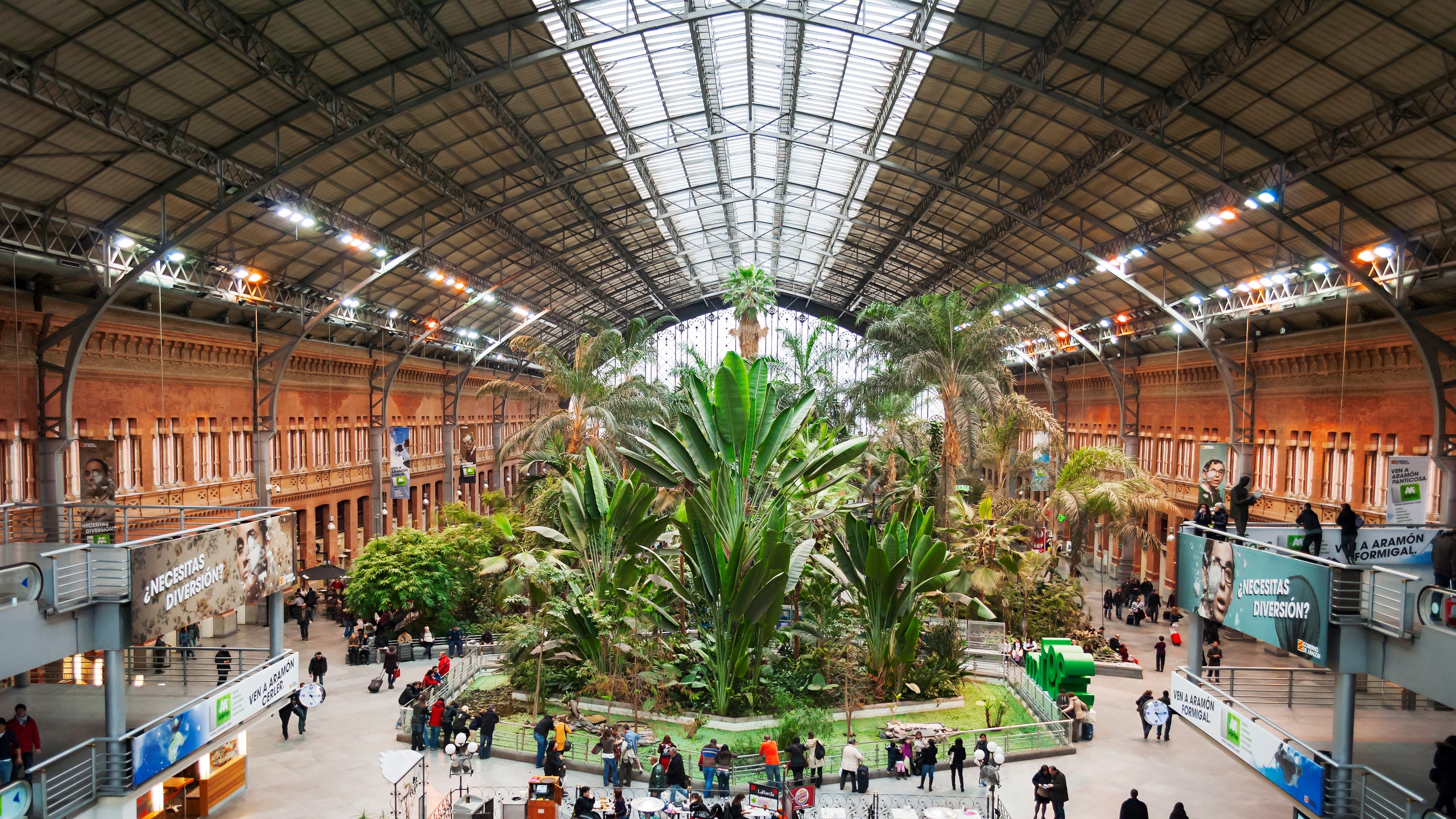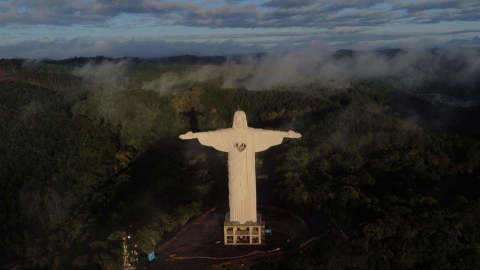Located in the heart of Madrid – and often referred to as the ‘Iron Heart’ of Madrid, Atocha train station is considered the most beautiful train station in the world. The train station in Atocha is divided into three parts: the Puerta de Atocha international and intercity train station, the Atocha-Cercanias suburban station and the Atocha Renfe metro station. The metro station is located under the Ciudad de Barcelona avenue.
Despite undergoing many architectural changes throughout its history, Atocha Station remains an icon and an integral part of the city. In addition to its architecture, Atocha also possesses many unique features that set it apart from any other train station in the world; at the same time, it becomes a memorable travel experience for those who set foot in this city.
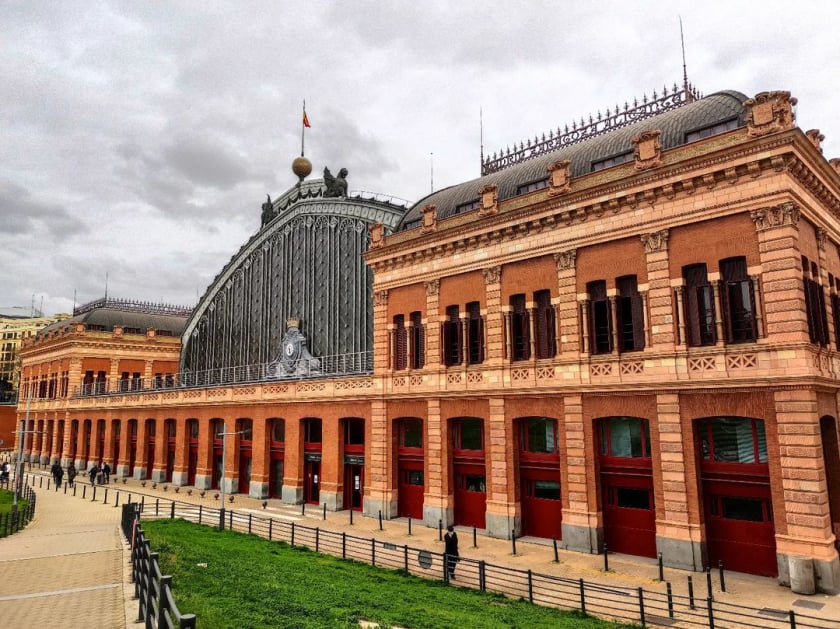
The Amazing History of Atocha
The Atocha Railway Station in Madrid is not only the largest, but also the oldest. It was built in 1851 and was the first railway station in the city of Madrid. The construction was carried out under the supervision of the Marquis of Salamanca and the author of the project was the French engineer Eugene Flachat. It was one of the first works of transport and also laid the foundation for all the other railways built around the city.
The original concept for Atocha was a simple wooden train station. In fact, it was originally intended for royal use only and was not open to the public. At the time, Atocha was known as Madrid’s Central Station, before train travel had become so popular that it became a major transport hub. Sadly, not long after Atocha was expanded to accommodate the increased number of visitors, a fire severely damaged the structure in 1864.
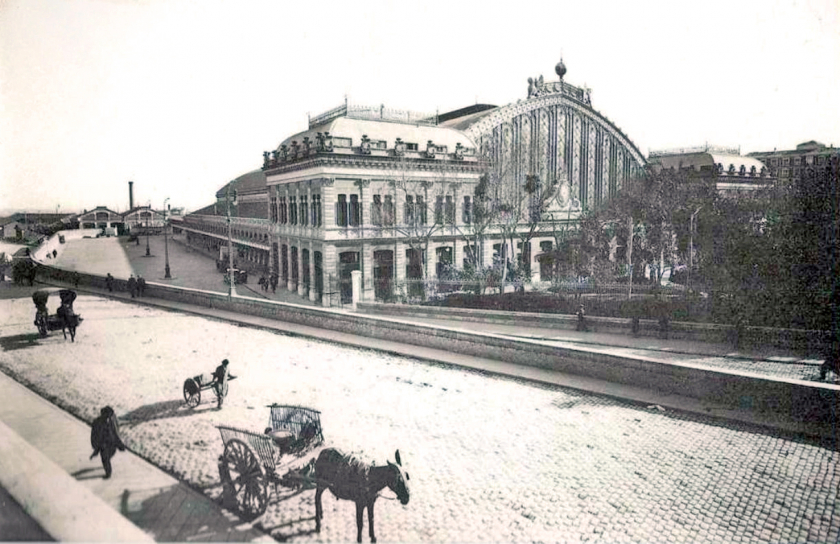
Atocha train station in 1929
This structural fire also served as a catalyst for the use of iron in today’s train station architecture, as iron can withstand damage that wood cannot. Alberto de Palacio y Elissague, who had previously collaborated with Gustave Eiffel, was the architect tasked with designing the station’s central walkway. He was accompanied by Henri Saint-James, a French engineer, who took architectural inspiration from the Paris International Exposition for the Atocha’s iconic canopy.

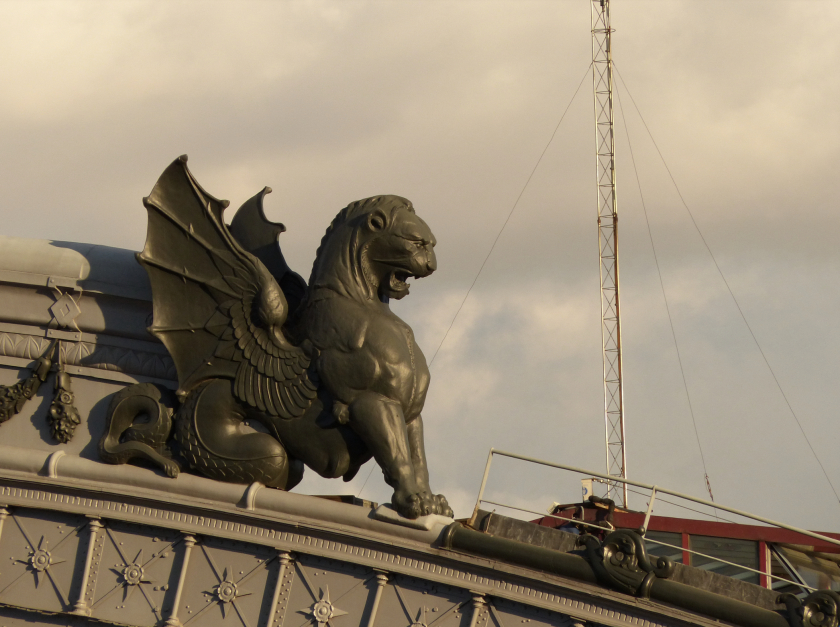
During the 1980s, when train travel once again flourished, Rafael Moneo was the architect commissioned to expand and renovate the station. This expansion was to connect the Puerta de Atocha, Atocha-Cercanías, and the metro system.
Today, trains depart from Atocha in Madrid to Toledo, Aranjuez, Guadalajara, Segovia, Escorial, Avila, Cuenca, Alcalá de Henares. There are 13 commuter lines that converge here. Atocha has an infrastructure that includes shops, cafes and even nightclubs. There are also hotels with the possibility of renting rooms by the hour.
Tropical gardens grow in Atocha
One of the highlights of Atocha is its beautiful tropical garden. With its many different types of plants, it brings the entire station to life. The idea was the brainchild of Rafael Moneo during the renovations, and it has become a must-see destination for many people visiting Madrid.
Located in the central walkway, the giant garden covers a space 152 meters long and 27 meters high. The design of the space mainly uses iron and glass to simulate the image of a greenhouse.
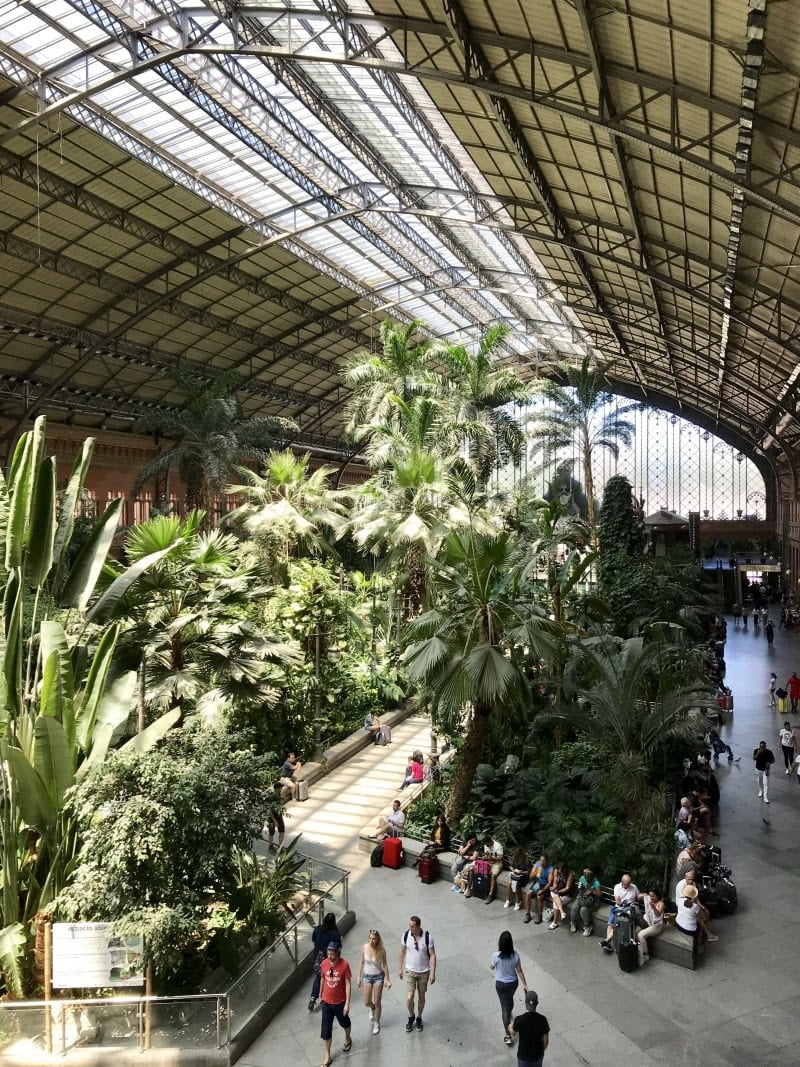
The station is almost completely covered in plants, with over 7,200 plants in total, made up of at least 260 different species. It is home to plants from five different continents around the world. Some of the plants that can be found in the Atocha Tropical Garden include: coconut trees, banana trees, breadfruit trees…
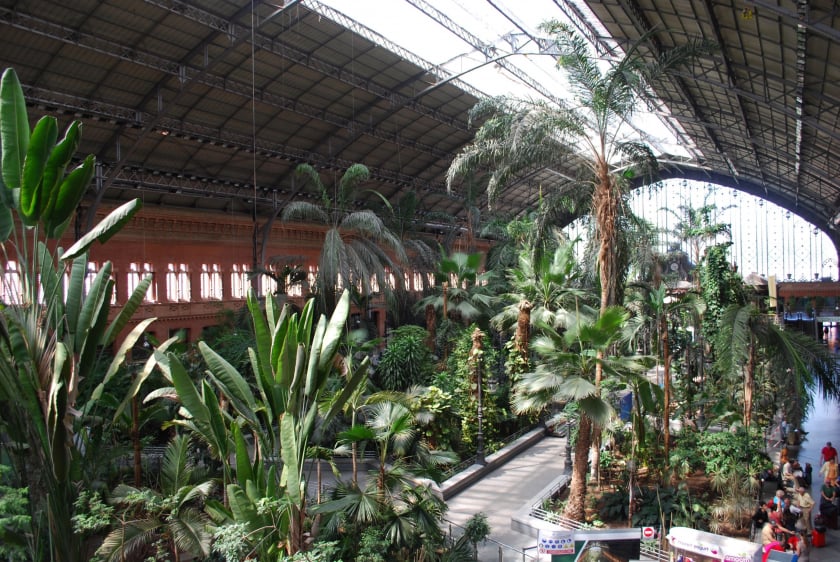
Upon entering the central walkway for the first time, visitors will feel more like they are in a tropical rainforest than a train station. This is all due to the diffusion of light through the glass, combined with the misting system that keeps the garden moist.

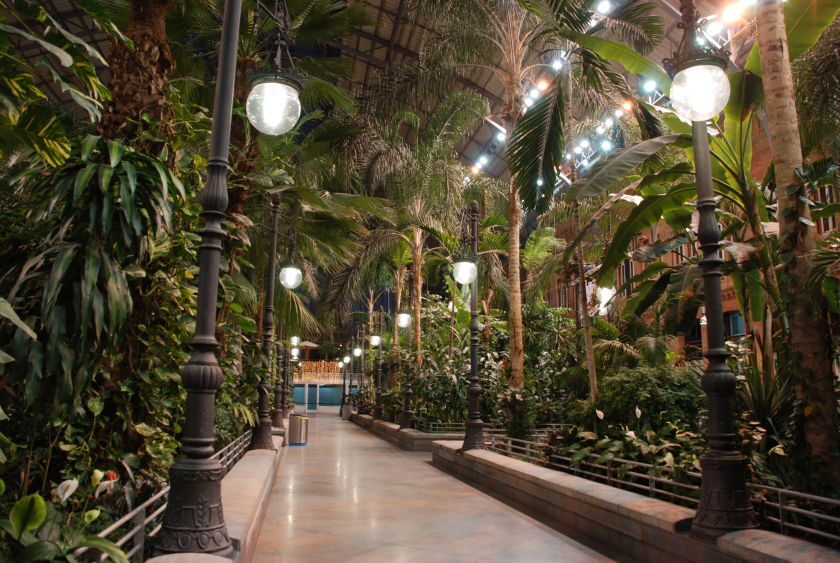
The tragic memorial in Atocha
Another notable feature of Atocha is the memorial built to honor the victims lost in the 2004 train station attack. The devastating events of that tragic day claimed the lives of 193 people.
To commemorate and remember their story, an 11-meter-high cylindrical memorial was built. Inside, visitors will find hundreds of condolence letters, with messages written by Madrid citizens after the attack. This place makes Atocha more meaningful, humane and solemn than ever.
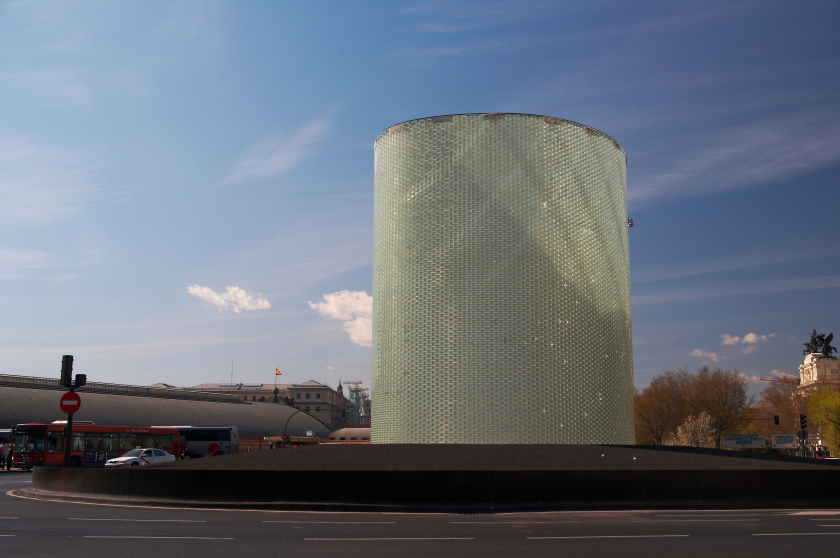


With an interesting historical story, unique architecture and captivating beauty, the 'iron heart' of Atocha is a worthy destination for visitors to add to their itinerary when visiting Spain.





